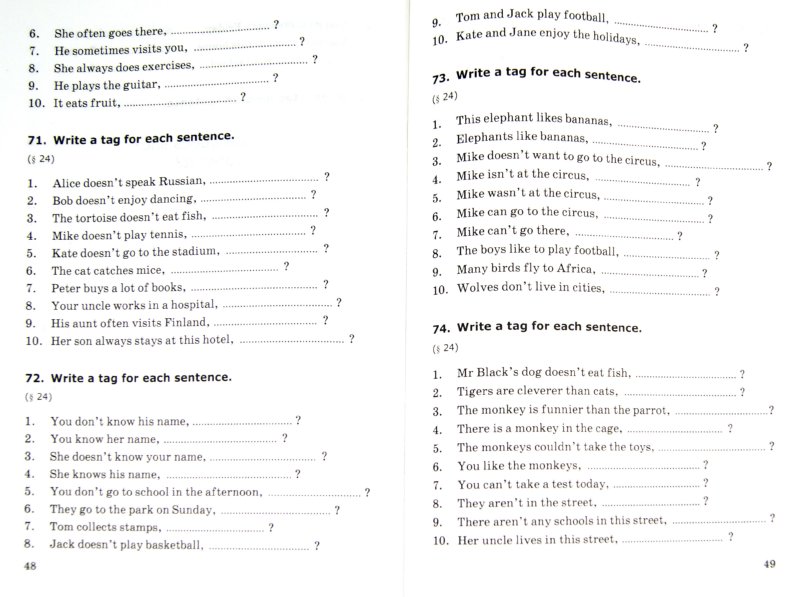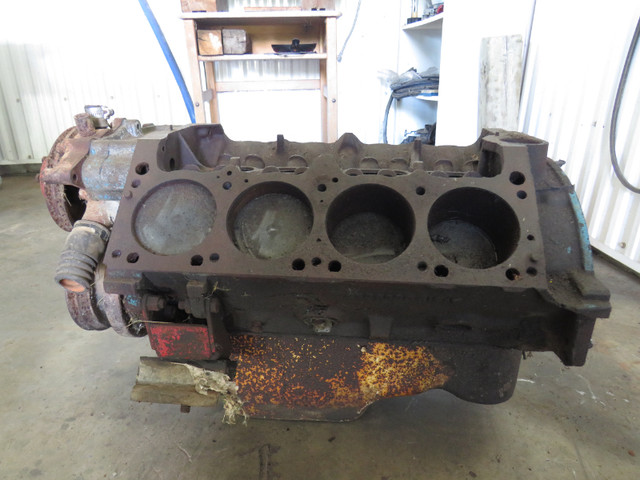

In contrast, seismic wavelengths are typically tens and hundreds of metres, which means that we can model a fractured zone as a seismically anisotropic solid. Fracture intensity is less than 0.75 fractures/m for very sparse sets, and may exceed 10 fractures/m for very crowded sets. The fracture aperture size is typically in the ballpark of hundredths to tenths of a millimetre, and the distance between adjacent fractures is much greater than the fracture aperture.

Put simply, subsurface fractures usually occur in sets and are locally aligned in one dominant orientation. HTI (Horizontal Transverse Isotropy): a set of vertical fractures, for example. TTI (Tilted Transverse Isotropy): dipping shales, for example. VTI (Vertical Transverse Isotropy): VTI is the special case where the bedding-plane normal is vertical and the beds are horizontal (a simple flat layer cake type model). For the simple forms addressed in this article, the anisotropy can be described in terms of the symmetry axis. Seismic Anisotropy: velocity varies with direction of travel. In seismically isotropic material, velocity has no directional dependence. We then summarize how the anisotropy parameters output by each technique can be compared and formulated in terms of the three rock physics frameworks.ġ S-wave amplitude differences may also be indicators of anisotropy this method is not discussed here.Interested readers please see Reasnor (2001).

Reflectivity Azimuthal AVO methods measure interface properties: they ‘see’ how the anisotropic layer contrasts to the overlying layer.Travel time methods – Shear-wave Splitting and Velocity Variation with Azimuth (VVAz) – measure layer properties: they see how the seismic wavefront is affected by traveling through the anisotropic zone.


 0 kommentar(er)
0 kommentar(er)
